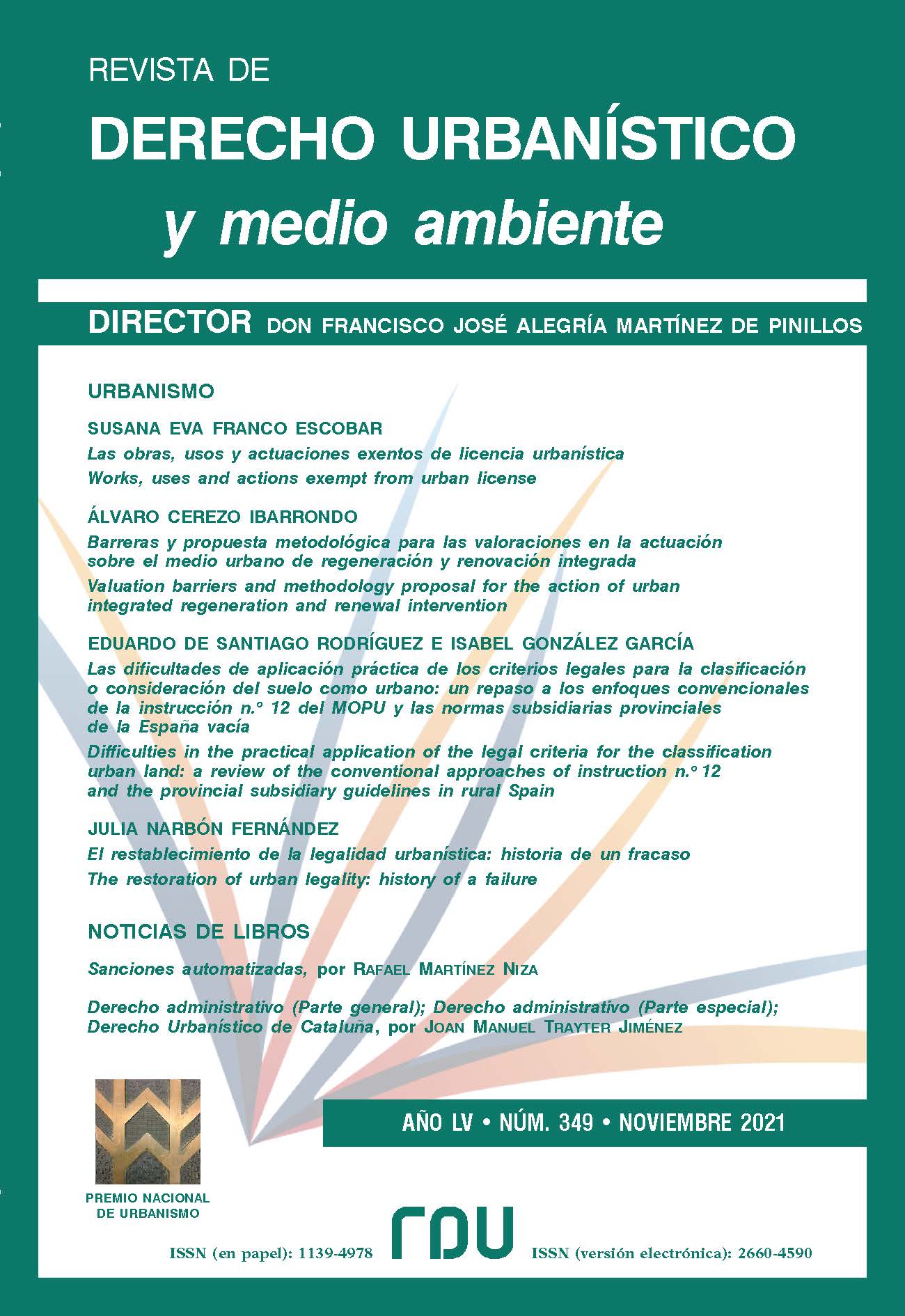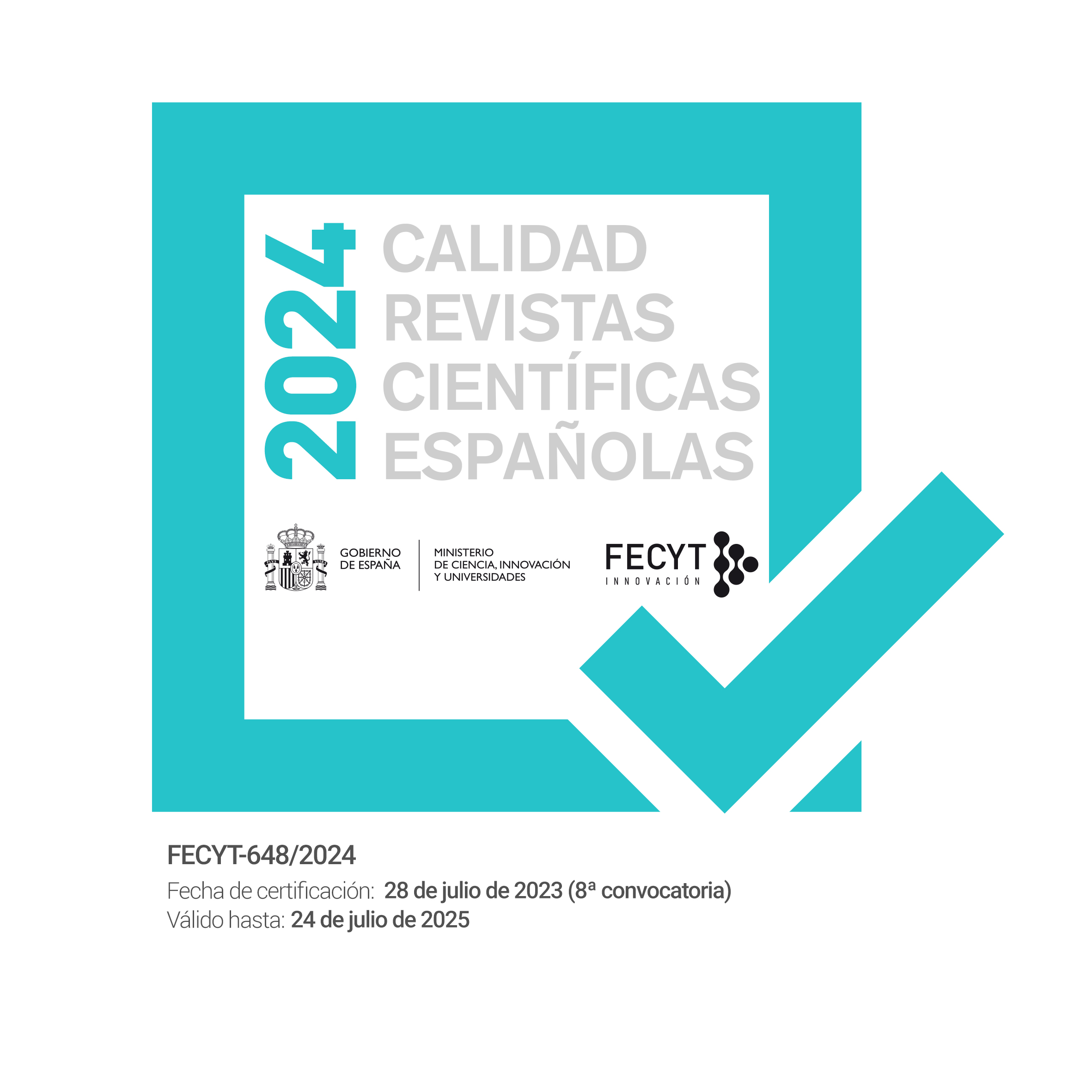The restoration of urban legality: history of a failure
Keywords:
Restoration of legality, limitation, prescription, registry qualification, legal uncertaintyAbstract
The doctrine is unanimous in calling the actions of the public authorities a historical failure to restore legality in the face of illegal constructions and buildings, the causes are multiple. One, lack of political to eradicate this scourge, which until the mid-90s of the last century were considered a wealth. Two, TRLS 1992 mis interpretation of the urban legislation of the Soil Act 1976, because in this legislation the power of the Administration did not decline on common rustic land and unscheduled urbanizable land until the introduction of Article 255 of TRLS 1992, allowing the four-year «prescription» for the restoration of legality except for protected non-urbanizable land. The starting point involves contemplating the power of the Administration as a public power of mandatory exercise and imprescriptible nature, without prejudice to the legislature being able to submit its exercise to time limits; in this case, the deadline should be considered to be of limitation and not of prescription period, as has mistakenly been taken by a section of doctrine and the legislator; assimilating it, by way of subjective law, to the transitional regime of the Civil Code. We will also address the problem of legal uncertainty that arises from allowing itself by mortgage legislation —singularly in Article 52 of Royal Decree 1093/1997— registration has led to the registration of new old works in the Register when the Administration could exercise the power to reinstate and agree to demolition, distorting the system and creating false legal certainty.






